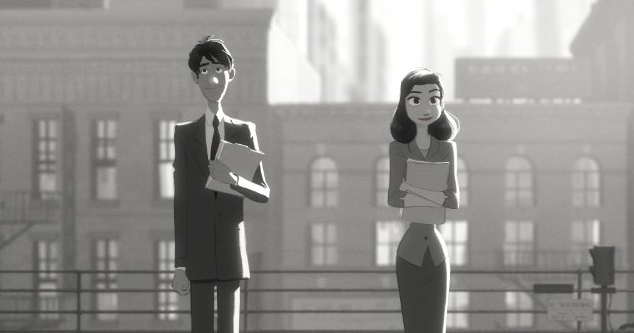Less is More as Consumers Turn to Short Form Content
April 18, 2013
As the shift to mobile devices continues, media including e-books, music and video are becoming increasingly popular when distributed through a “less is more” model. Consumers are gravitating to short form content they find more convenient. Amazon has brought back serial novels for its Kindle, Capitol Records Nashville has debuted at number one with its EP releases, and shorter films such as the 42-minute documentary “Inocente” are drawing viewers and winning awards.
“Short films—typically under 40 minutes—have long been the movie industry’s outliers, calling cards for aspiring directors that rarely made any money and occasionally surfaced at indie-minded movie theaters. Now that mainstream audiences with digital devices are searching for entertainment that will last as long as a commute or a workout, the market for short films is suddenly booming,” writes the Wall Street Journal.
Filmmakers and animators have been experimenting to see just how short they can make their films. At the Academy Awards this year, “Fresh Guacamole,” at a mere one minute and 41 seconds, became the shortest film to ever be nominated. And the content isn’t solely for theatrical exhibition anymore. Disney released its short “Paperman” on YouTube, which received 13 million views in two weeks, and also ended up winning an Oscar for best animated short.
“There’s this flux in our willingness to watch motion pictures of different durations — it’s beginning to mirror the literary world where you have a poem, a short story, a novella, a novel, these epic tomes,” said Jason Reitman, the Oscar-nominated director of “Up in the Air” and “Juno.”
Record companies are now using EPs as a way to test the potential of new artists. In 2009, Capital Records Nashville began releasing an EP every March to coincide with spring break, and then combined the songs and added new tracks to create a full album, which resulted in successful record sales. Republic Records did this as well when they signed the Icelandic band Of Monsters and Men, and debuted four songs on an EP before releasing the full album. If users liked the EP, they could purchase the rest of the album on iTunes with the “complete my album” feature.
“It’s this game of establishing a relationship between an artist and a fan. Shorter releases, more frequently, are a great way to do that,” says Bill Werde, editorial director of Billboard.
Even E-books are delivering different types of shorter content with quickly paced distribution. Amazon, for example, released 30 serialized stories. Users pay $1.99 for a series, and when a new book is published their digital library is automatically updated. Publishers are currently trying to issue installments on a weekly basis like television shows, but that may end up being a problem with the increasing number of consumers binging on their digital content.
“The Charles Dickens model actually fits better now than ever because people want bite-sized content,” says writer Sean Platt, who has co-authored six digital serial novels.
Related stories:
“The Return of the Serial Novel,” WSJ, 4/11/13
“The EP as Music’s Launchpad,” WSJ, 4/1/13


No Comments Yet
You can be the first to comment!
Leave a comment
You must be logged in to post a comment.